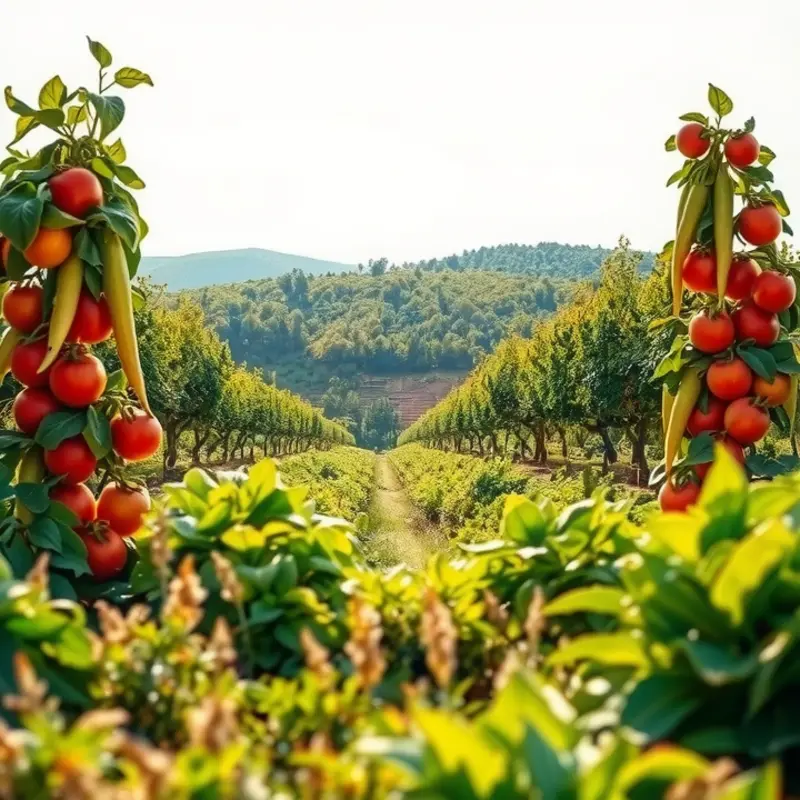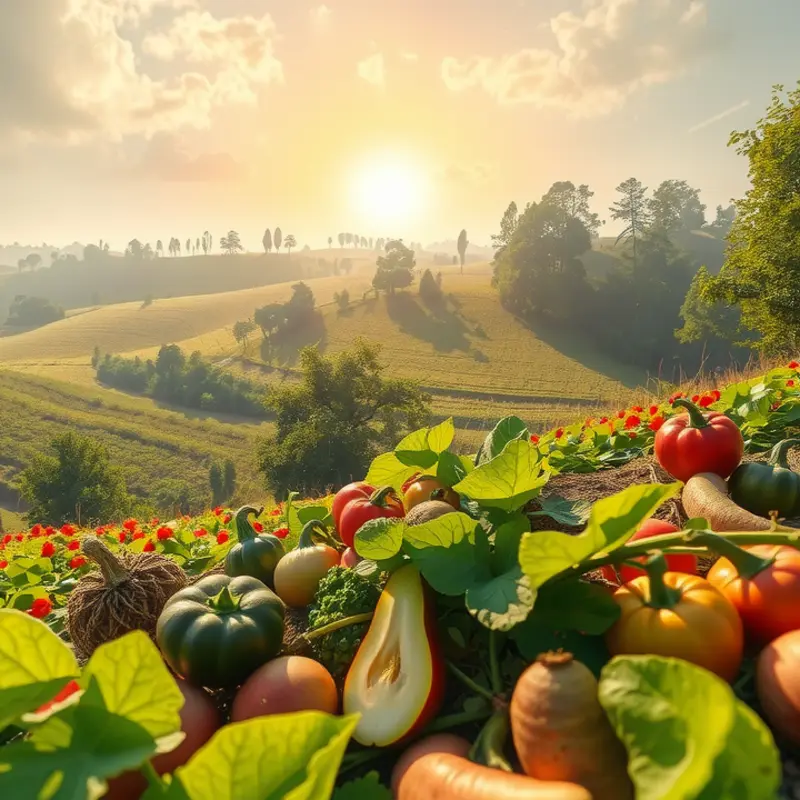Finding clever ways to utilize food scraps can significantly reduce waste and enhance kitchen efficiency. By identifying creative applications for leftovers and vegetable trimmings, you not only contribute to sustainable practices but also bring exciting new flavors to your meals. This guide provides practical tips for safely storing food and maximizing every bit of your ingredients, squashing wastefulness while elevating your culinary experience.
Mastering Storage for Food Scraps

Learning to store food scraps effectively ensures both freshness and versatility. It’s crucial to create an organized system to prevent spoilage, a crucial aspect of minimizing waste in your kitchen.
Begin by getting acquainted with the needs of different types of scraps. Vegetable peels and fruit rinds often contain moisture, so they benefit from breathable storage solutions. Use perforated containers or loosely sealed bags, allowing air circulation to maintain condition.
Different produce may require varying humidity levels. For leafy vegetable scraps, such as kale or spinach stems, use damp cloths to wrap them. This maintains moisture while preventing sliminess. Alternatively, slide them into reusable silicone bags or jars. If you’re storing citrus or apple peels, arrange them in a single layer on a sheet or tray. This allows airflow to keep mold at bay. Eco-conscious kitchen storage techniques can further guide you in making environment-friendly choices that benefit both preservation efforts and the planet.
For protein-based scraps, such as bones and meat trimmings, prioritize cold storage. Use airtight containers or film wrap to counter odor transfer and freezer burn. If you anticipate extended storage, label with a date to ensure they don’t sit unused for too long. Be sure to store these in a specific section of your freezer or fridge to prevent cross-contamination.
Herbs often find themselves overlooked yet have versatile applications. For tender herbs like cilantro or parsley, submerge stems in a jar of water covered tent-like with a reusable bag. Woody herbs, such as rosemary, can be wrapped in a damp paper towel and stored in a slightly ajar container.
Fermentation is a game-changer for minimizing waste. Scraps like cabbage cores or cucumber ends can form the basis for simple home-fermented pickles. Begin by submerging them in a homemade brine, consisting of water and salt. Allow them to ferment for several days at room temperature. This not only preserves scraps but enhances their nutritional value.
Always practice good food management by keeping frequent checks on stored food scraps. Rotate them regularly, using the older items first to prevent extended retention. Adopt a transparent storage system with glass containers, which offer clear visibility and encourage regular use.
To promote zero waste, consider composting leftover scraps that have outlived their useful condition. Setting aside a small compost bin to collect these scraps will eventually enrich your garden soil.
Effective storage isn’t just about prolonging a scrap’s life, but also about knowing how to utilize each type creatively. By mastering these storage methods, you’ll reduce waste, maximize freshness, and be ready to merge any stored scraps into diverse, nutritious meals.
Creative Culinary Uses for Kitchen Scraps

Embracing culinary creativity with kitchen scraps doesn’t just reduce waste; it also elevates flavors in your meals. Peeling vegetables often yields more than enough material for a batch of delicious, crunchy chips. Simply toss potato or carrot peels with olive oil, a pinch of salt, and your preferred spices. Then, spread them on a baking sheet and roast until crispy. These delightful snacks curb cravings while making good use of elements that are frequently discarded.
Transforming vegetable scraps into homemade broths is another ingenious way to maximize their potential. Gather leftover onion skins, celery tops, and carrot ends to simmer in water. After an hour or two, you’ll have a robust base for soups or stews. Strain the liquid and save it in portion-sized containers to freeze. This not only ensures nothing goes to waste but also provides a flavorful, sodium-free alternative to store-bought options. For those looking for ways to maintain nutritional adequacy without added chemicals, this method is an excellent choice.
Even fruit scraps can become sweet garnishes or healthy desserts. For instance, apple peels can be sprinkled with cinnamon and dehydrated to create luscious apple peel chips. With their high fiber content, they make for a nutritious treat that feels indulgent. Similarly, citrus peels can be candied for a zesty explosion of flavor, perfect for topping desserts or stirring into tea.
Instead of discarding stale bread, consider transforming it into a versatile ingredient. Bread crumbs are an obvious choice, but cubes of stale bread can be soaked in milk, spiced, and then baked into bread pudding. Alternatively, blitz bread scraps with herbs to craft homemade crust coatings for meats or vegetables, adding a gourmet touch to everyday meals.
Herb stems, often overlooked, possess the same flavors as their leafy tops and can perk up numerous dishes. Blend them into pesto or mix them into herb butter for added depth. They can even be infused into oils or vinegar, transforming simple condiments into bold flavors.
For seafood fans, shrimp shells and fish bones need not be thrown away. Instead, turn them into a flavorful stock by simmering with aromatics. Use this as a base for seafood paella or risotto, ensuring the ocean’s bounty is fully utilized. Learn more about ways to prep seafood efficiently.
Incorporate these strategies into your kitchen routine to minimize waste and get more from your groceries. This approach not only supports an eco-friendly lifestyle but also enhances your culinary repertoire, providing delicious insights and new dining experiences. The art of transforming scraps into gourmet meals invites us all to rethink what belongs in the compost and what belongs on our plates.
Final words
By embracing these creative practices for utilizing food scraps, you not only help combat waste but also innovate your meals. It’s remarkable how a little thought can transform excess into culinary adventures. From perfecting storage techniques to exploring succulent recipes, each step is a move toward a more sustainable lifestyle. Keep experimenting and finding joy in reimagining the seemingly unusable, turning leftovers into treasures. Every small effort counts in building a more responsible and resourceful kitchen.







